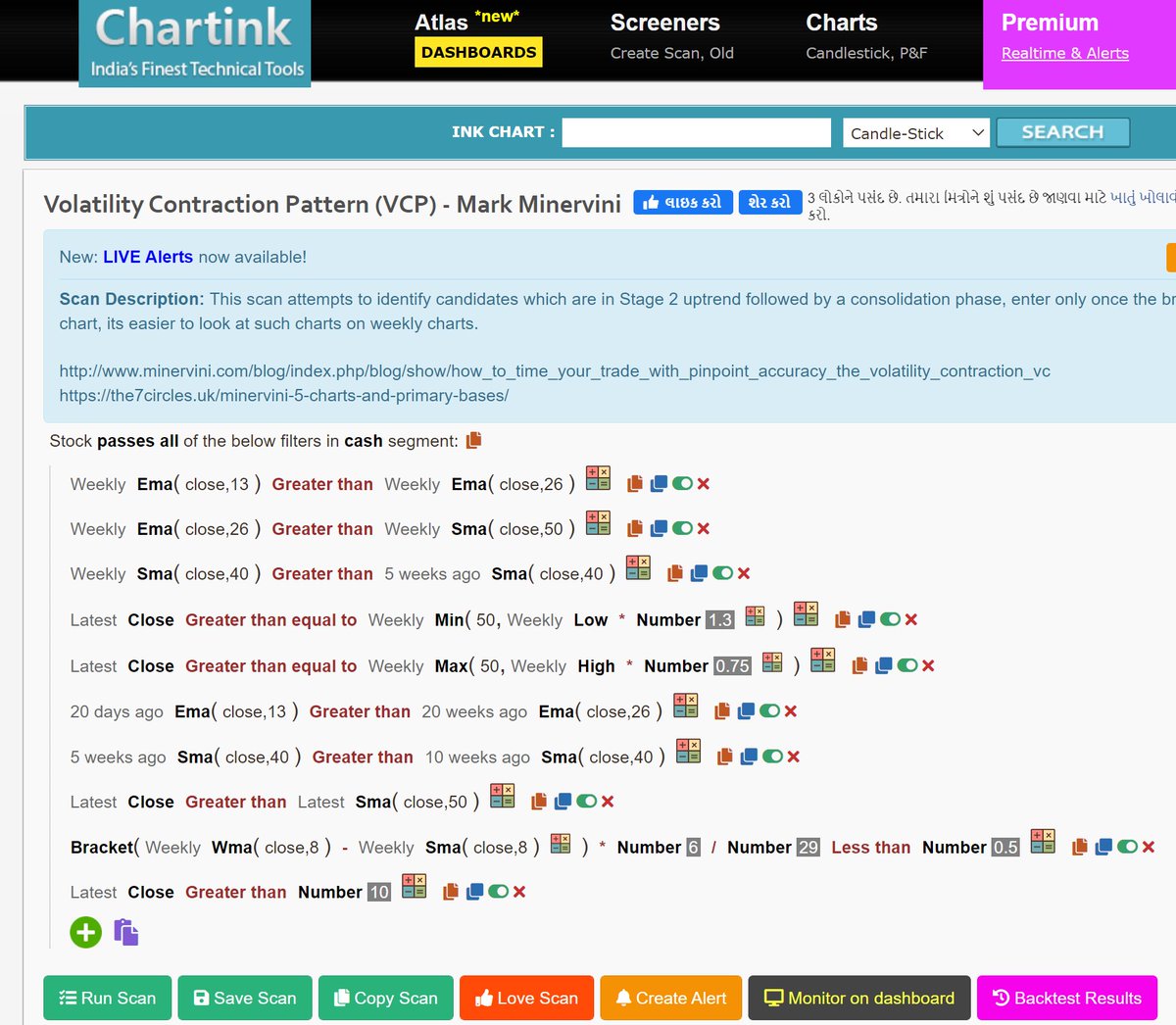2 different frames or metaphors for #CyberSecurity
Security as a Quality Management issue thus a problem of robustness
Security as a Safety issue thus a problem of resilience
They’re fundamentally different, may even be at odds but how ?
🧵
But this is also a cautionary tale. If you don’t have the capacity to deal with expected adverse conditions,
So until you get to the point where your robustness is sound, this is the metaphor that is most appropriate and which can be argued for economically
When you get here, a metaphor of Security as Safety is likely more appropriate. You’ve now dealt with the robustness of components and put in the measures which are
You’re now building for resilience and sustained adaptive capacity
“But can I do both?” You ask
Remember that sources of resilience in orgs are in our people. They’re the ones dealing with the variability our systems and automation can’t handle, so applying principles of learning
You May Also Like
"I really want to break into Product Management"
make products.
"If only someone would tell me how I can get a startup to notice me."
Make Products.
"I guess it's impossible and I'll never break into the industry."
MAKE PRODUCTS.
Courtesy of @edbrisson's wonderful thread on breaking into comics – https://t.co/TgNblNSCBj – here is why the same applies to Product Management, too.
There is no better way of learning the craft of product, or proving your potential to employers, than just doing it.
You do not need anybody's permission. We don't have diplomas, nor doctorates. We can barely agree on a single standard of what a Product Manager is supposed to do.
But – there is at least one blindingly obvious industry consensus – a Product Manager makes Products.
And they don't need to be kept at the exact right temperature, given endless resource, or carefully protected in order to do this.
They find their own way.
make products.
"If only someone would tell me how I can get a startup to notice me."
Make Products.
"I guess it's impossible and I'll never break into the industry."
MAKE PRODUCTS.
Courtesy of @edbrisson's wonderful thread on breaking into comics – https://t.co/TgNblNSCBj – here is why the same applies to Product Management, too.
"I really want to break into comics"
— Ed Brisson (@edbrisson) December 4, 2018
make comics.
"If only someone would tell me how I can get an editor to notice me."
Make Comics.
"I guess it's impossible and I'll never break into the industry."
MAKE COMICS.
There is no better way of learning the craft of product, or proving your potential to employers, than just doing it.
You do not need anybody's permission. We don't have diplomas, nor doctorates. We can barely agree on a single standard of what a Product Manager is supposed to do.
But – there is at least one blindingly obvious industry consensus – a Product Manager makes Products.
And they don't need to be kept at the exact right temperature, given endless resource, or carefully protected in order to do this.
They find their own way.















